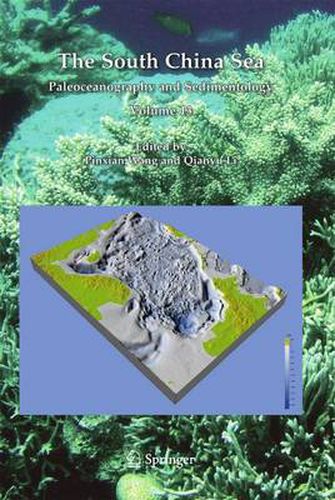The South China Sea: Paleoceanography and Sedimentology

The South China Sea: Paleoceanography and Sedimentology
Pinxian Wang and Qianyu Li The South China Sea (SCS) (Fig. 1. 1) offers a special attraction for Earth scientists world-wide because of its location and its well-preserved hemipelagic sediments. As the largest one of the marginal seas separating Asia from the Paci?c, the largest continent from the largest ocean, the SCS functions as a focal point in land-sea int- actions of the Earth system. Climatically, the SCS is located between the Western Paci?c Warm Pool, the centre of global heating at the sea level, and the Tibetan Plateau, the centre of heating at an altitude of 5,000m. Geomorphologically, the SCS lies to the east of the highest peak on earth, Zhumulangma or Everest in the Himalayas (8,848m elevation) and to the west of the deepest trench in the ocean, Philippine Trench (10,497m water depth) (Wang P. 2004). Biogeographically, the SCS belongs to the so-called East Indies Triangle where modern marine and terrestrial biodiversity reaches a global maximum (Briggs 1999). Among the major marginal sea basins from the west Paci?c, the SCS presents some of the best conditions for accumulating complete paleoclimatic records in its hemipelagic deposits. These records are favorable for high-resolution pa- oceanographic studies because of high sedimentation rates and good carbonate preservation. It may not be merely a coincidence that two cores from the southern 14 SCS were among the ?rst several cores in the world ocean used by AMS C dating for high-resolution stratigraphy (Andree et al. 1986; Broecker et al. 1988).
This item is not currently in-stock. It can be ordered online and is expected to ship in approx 4 weeks
Our stock data is updated periodically, and availability may change throughout the day for in-demand items. Please call the relevant shop for the most current stock information. Prices are subject to change without notice.
Sign in or become a Readings Member to add this title to a wishlist.


